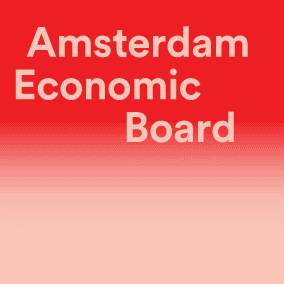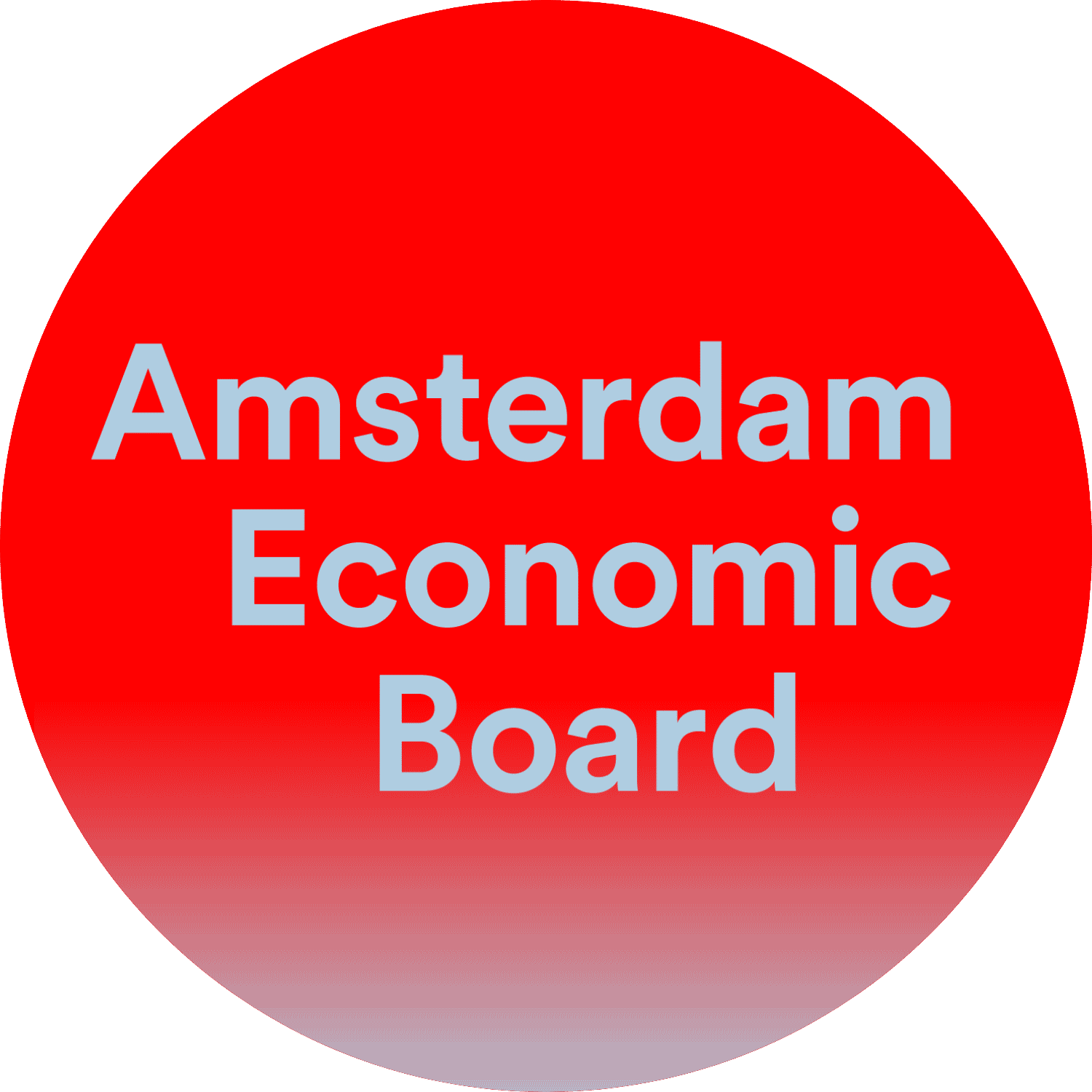Patient empowerment with data
Patient empowerment using data is more topical than ever. Reason enough to zoom in on that during — finally again — a live edition of Zorg2025. How can digitization contribute to the desired transformation in healthcare? And: how can you use data for your own health?
The Zorg2025 meeting is an initiative of the Amsterdam Economic Board, Chamber of Commerce, Rabobank, SIGRA, Smart Health Amsterdam and Ahti, with a different theme each time.
“Patient empowerment should lead to a more equal relationship between care provider and care recipient,” says Pieter Mullink of Rabobank’s medical desk during his introduction. “It contributes to the autonomy of the patient and, for example, to more care loyalty and lower healthcare costs.” Today’s speakers each contribute in their own way to patient empowerment.
Inger Deijle: decision aid for stroke patients
So tells Inger Deijle about the collaboration between the seven Santeon hospitals that compare data on fifteen disorders. Meetings are held twice a year for each of these conditions, where professionals discuss the outcomes and investigate how they can improve care. Deijle is mainly concerned with the empowerment of patients who have had a stroke. She is project leader Value Based Healthcare CVA in the OLVG and project leader Outcome-oriented care and joint decision-making for stroke Santeon (in Dutch).
“When someone has a stroke, joint decision-making is extremely important,” says Deijle. “ For this we use the four-step model of Anne Stiggelbout (2015): we show that there is a choice, we explain which options there are, we discuss the patient’s preferences and then make a decision together.”
The project at the OLVG starts after the treatment. Patients receive better information from the hospital about the risk of complications and what they can do themselves to prevent them. The OLVG is also working on a prediction model for recovery and a digital decision aid for discharge destination, based on a patients-like-me model.
The initial reactions from both patients and healthcare providers are positive. “Patients are better informed about what awaits them, they feel heard and loved ones are also motivated to participate in decision-making. Nurses also say it’s nice that the family is better informed. They get a lot less questions. Care facilities that receive patients who have gone through the decision aid are also positive. The patients now know what care they can expect and what is expected of them and can decide for themselves if that is appropriate.”
Deijle describes the project as a bumpy road. “Care providers sometimes find it difficult to make changes to their care process, but we have noticed that patients are very happy to contribute ideas.” A scientific study into the decision aid is underway. “It is of course still an experiment, but I hope that it will soon yield building blocks that will also help other hospitals.”
Video (in Dutch):
Madelon Bracke: insight into dietary needs
Madelon Bracke is co-founder of Clear and explains how this startup makes a personalized diet accessible to everyone. “Nutrition is the most important external factor for health and healthy aging, which is why we offer data-driven, personalized dietary advice.” The startup’s customers will receive a sensor that measures glucose, an app and a customized nutrition plan. The glucose meter shows how the body reacts to different types of food, so that users can ultimately receive tailor-made nutritional advice from the algorithm.
Bracke: “The response to food is very personal. It depends on your DNA, on your lifestyle, on your microbiome. Two people can eat the same thing and one person can have a glucose spike and the other can’t. If you know what’s happening with you, you can start steering a lot on those things that don’t give you a peak. With a stable blood sugar level, the risk of weight gain is lower and there is less chance of insulin resistance.”
Clear is two years old and has 1500 paying customers. The group of participants is diverse. About a third use Clear because they are overweight, have diabetes, hormone fluctuations or other complaints. According to Bracke, the service is an important form of patient empowerment. “We hear from users that it helps them see what’s happening in their bodies, that it encourages them to do better tomorrow. Diabetics also feel more empowered to manage their own disease.” About three percent of users show a glucose pattern that points to prediabetes. They can then enter into a conversation with a doctor with data about their own body.
The startup has great ambitions: to help millions of people eat better and healthier. But how does Clear want to reach people with a lower socio-economic status, someone in the audience asks. Bracke: “It is important that Clear is also reimbursed by the insurer, so that it becomes accessible to everyone.”
Daan Dohmen: digital care = care
If it is up to Daan Dohmen, digital care will simply become care and smart and simple technology will become an ordinary part of the care process. Dohmen is P Professor Digital Transformation in Healthcare at the Open University and CEO at lusci. His company developed the Home Measurement app, with which patients can be guided by doctors in their own living environment. If a home measurement deviates, they can immediately contact the doctor.
“In the past year we have experienced more than 20 million registrations,” says Dohmen. These many home measurements give healthcare a new front door. Here in the Netherlands it is Thuisarts.nl a well-known example. In England, the digital GP Babylon even got a license. 50 percent of first contacts go digital.
By using data smartly, fewer workers are needed. Thanks to the Corona Check App of the OLVG, developed at lightning speed by Luscii before the first corona wave, people with minor complaints were able to practice self-management. As a result, regular care was much less burdened. “Instead of 50, only 8 corona doctors were needed in the OLVG,” says Dohmen.
Thanks to Home Measurement, there is also increasing collaboration in care networks of general practitioners, home care and hospitals. The teenurse plays an important role in this: they support the patient by telephone in self-care, for example during home admissions. “This allows people to go home earlier after an IC visit or surgery.”
Dohmen’s goal is to make digital healthcare as simple as possible. “Ultimately, we want to set up a kind of Appstore where doctors can share their programs with each other. For example, doctors in Ghana use programs for women with gestational hypertension that were developed in Utrecht.”
Daan Dohmen wrote the book with Joris Janssen and a few special forces operators green on (in Dutch). Green on is a radically new way of working that enables small teams to make big changes.
Video (in Dutch):
22 September 2021
Read more about
Contact us
Want to keep up to date?
Get the best regional news and events (in Dutch) via the Board Update newsletter
Share this news
Want to keep informed?
Follow us daily on LinkedIn and sign up for the Board Update newsletter.
Read more
- On 14 and 15 October, board members of the Amsterdam Economic Board convened for ...
- Focusing more on women in health care innovation and research will have ...
- What is the Amsterdam Metropolitan Area’s position on critical raw materials? ...

